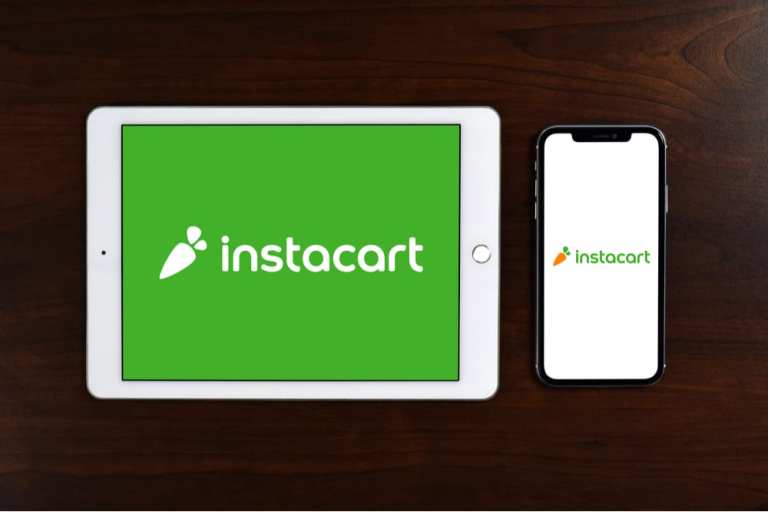Instacart Enables EBT SNAP Payments For ALDI

Instacart has teamed with ALDI to debut EBT SNAP payments for same-day eCommerce supermarket delivery and pickup to bolster access to those services, according to a Thursday (Oct. 22) announcement.
EBT (Electronic Benefit Transfer) SNAP (Supplemental Nutrition Assistance Program) beneficiaries will have the capacity to access fresh food and pantry staples through same-day delivery and pickup from the eCommerce firm for the first time with the offering.
Clients will have the capacity to shop and choose from the grocer’s EBT SNAP-qualified items with EBT SNAP payments on the Instacart infrastructure. They can choose the amount of benefits they would like to allocate to their orders after products after added to their carts.
The initiative starts in the weeks to come throughout ALDI’s over 60 Georgia stores, while it will grow to over 570 retail locations throughout California, Illinois, Pennsylvania and Florida in the months to come.
The debut of Instacart’s EBT SNAP payments occur as American food insecurity has compounded as the country keeps experiencing the effects of the pandemic.
Over 54 million individuals could experience food insecurity this year because of the impacts of the pandemic, Instacart noted, citing Feeding America. Food insecurity affects 12.5 percent of the population in Georgia and disproportionately impacts communities of color.
Digital supermarket benefits for SNAP beneficiaries recently came to the surface because of the coronavirus, but the issue isn’t really new.
The government first started looking into the potentiality of letting SNAP recipients pay for their groceries through the web four years ago, in 2016, and had started to plan an experimental effort with grocery players.
By early 2017, an experimental initiative was in the beginning stages of development, with firms such as ShopRite, Walmart and Amazon among the early entrants seeking to plan a digital payments path for SNAP recipients.
“Online purchasing is a potential lifeline for SNAP participants living in urban neighborhoods and rural communities where access to healthy food choices can be limited,” then-U.S. Agriculture Secretary Tom Vilsack said in a 2017 statement announcing the initiative.